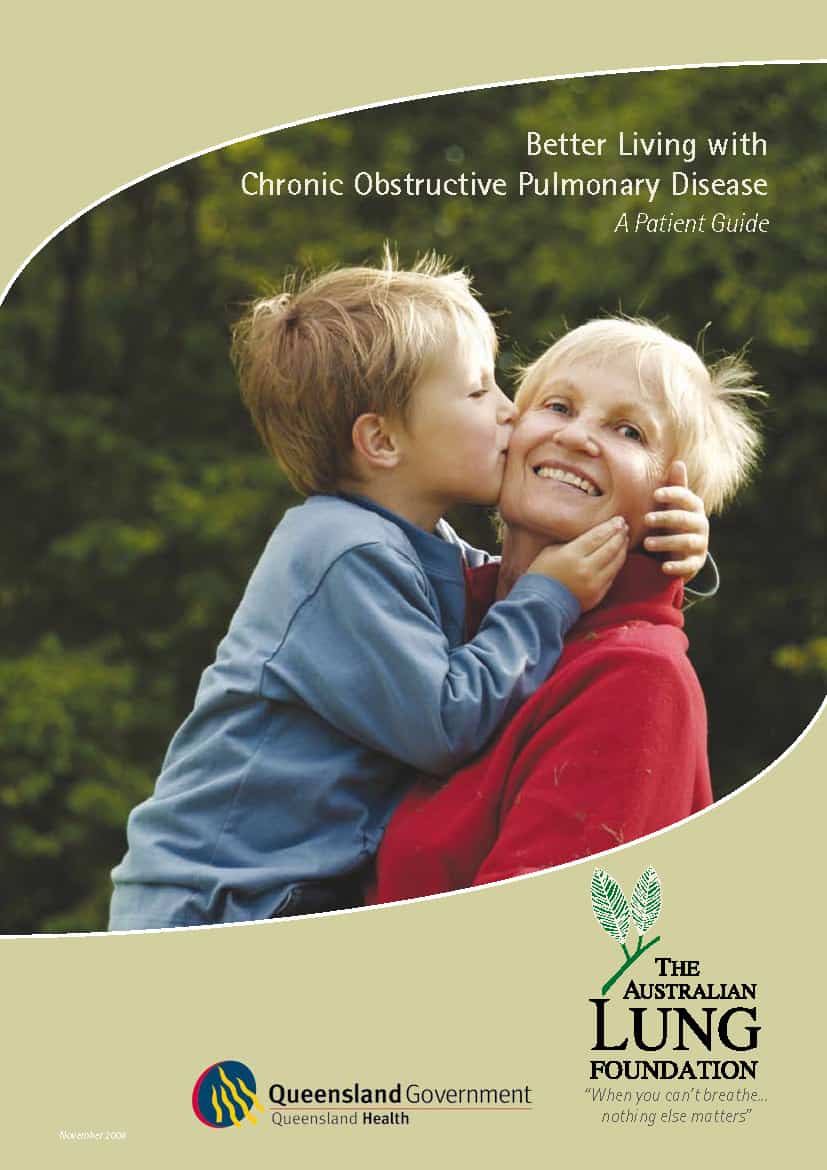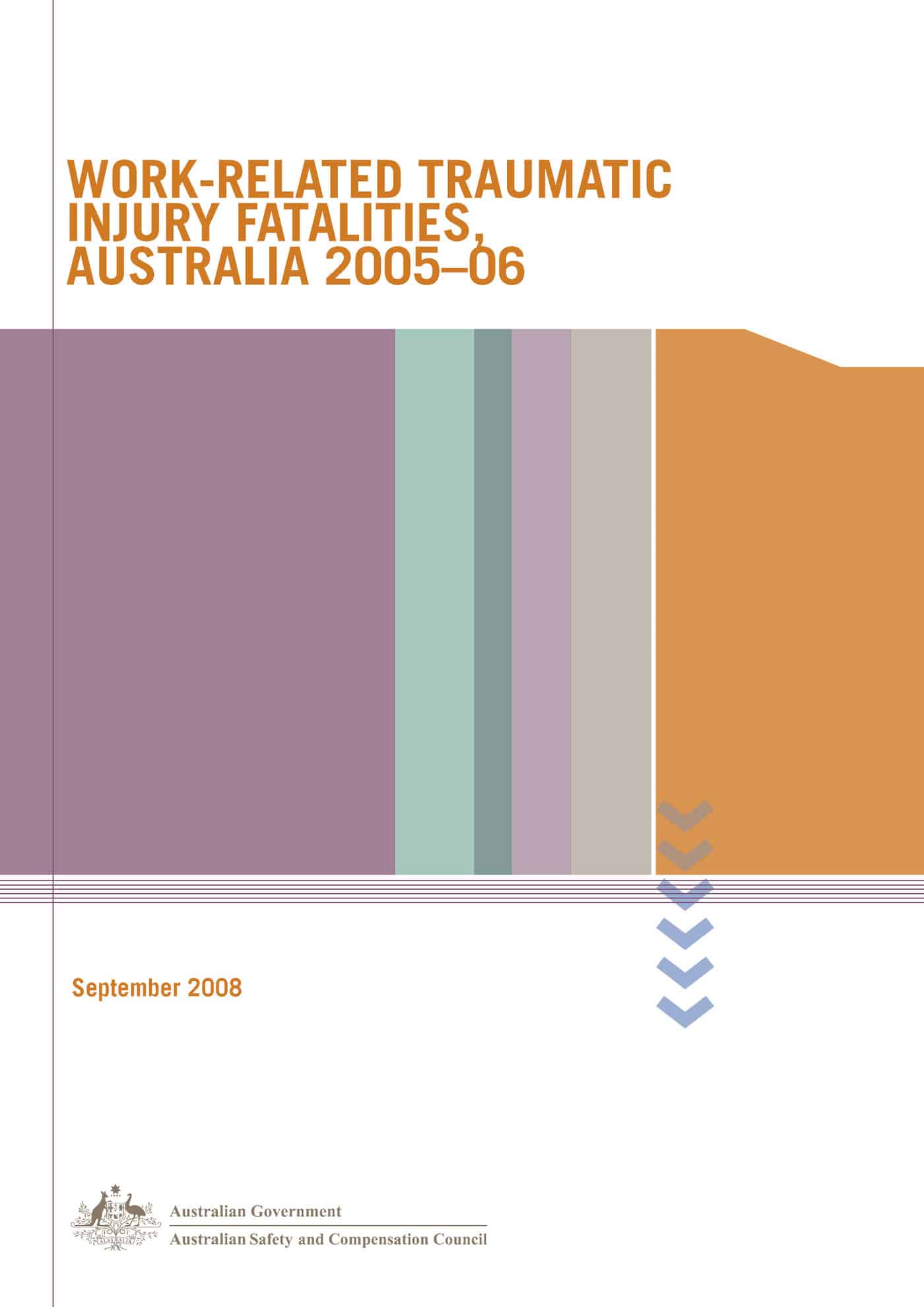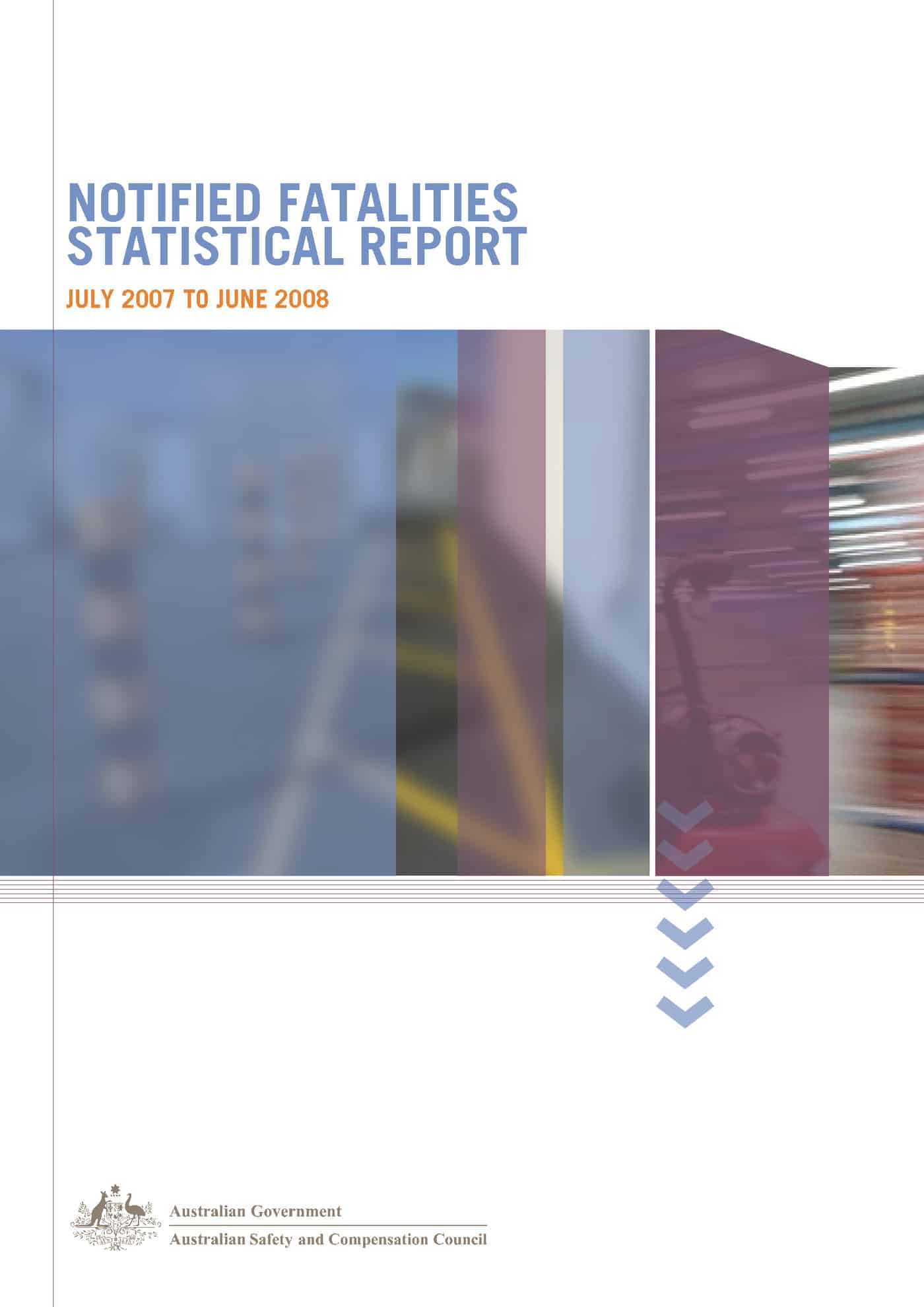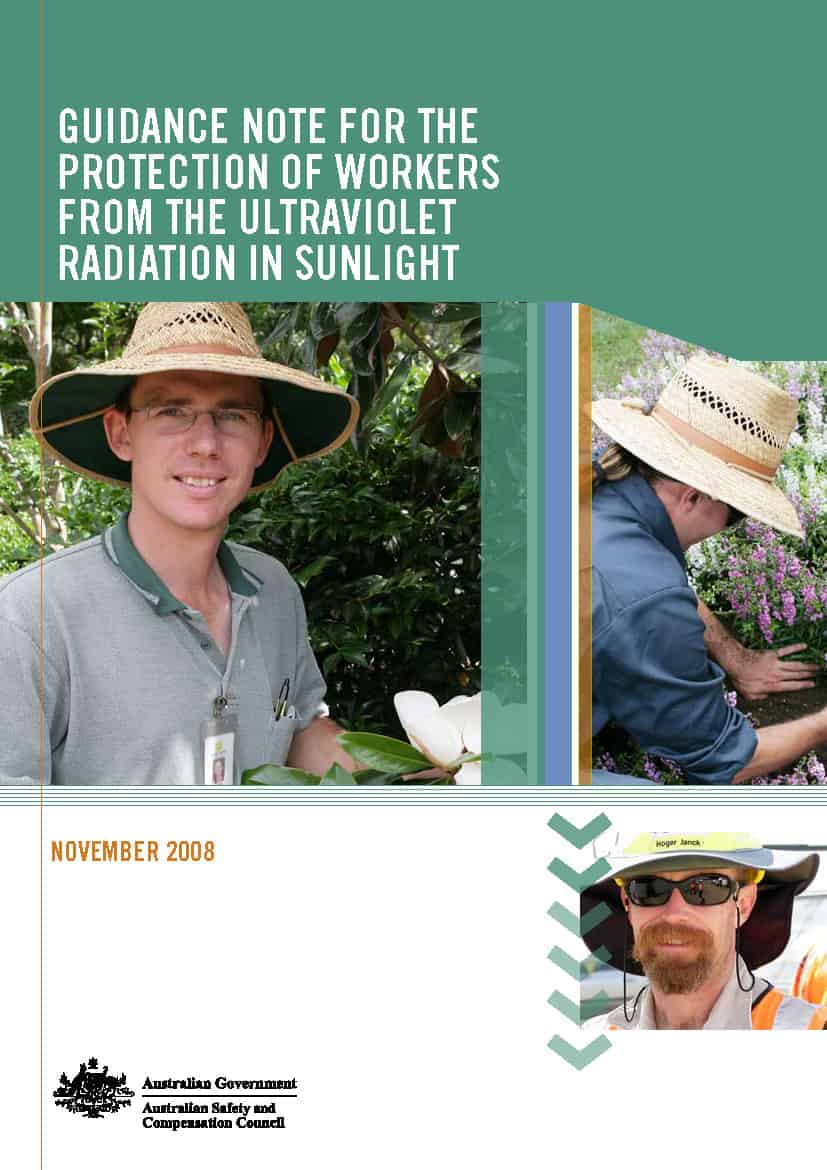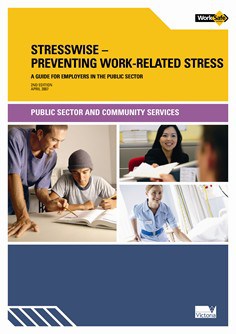SafetyAtWorkBlog has always been critical of those OHS professionals who try to explain OHS in comparison with driving. They are different processes in different environments with different purposes and different rules.
However, there is a section of overlap and this relates to those whose work environment is transport and driving.
Worksafe Victoria has released a “Guide to safe work-related driving“. This is essential reading for fleet managers, in particular, but good fleet managers would already have OHS as part of their driving policies.
For those of us who have not known how to interpret OHS obligations for our company vehicles, WorkSafe has issued these clarifications:
- purchasing and maintaining a safe and roadworthy feet
- ensuring employees have the relevant appropriate driver licences
- scheduling work to account for speed limits and managing fatigue
- providing appropriate information and training on work related driving safety
- monitoring and supervision of the work related driving safety program.
In this type of workplace, workers seem to have as many obligations as employers but WorkSafe has listed for following as employee duties:
- holding a current, valid drivers licence
- abiding by all road rules (eg speed limits)
- refraining from driving if impaired by tiredness or medication
- reporting any incidents required by the employer’s program
- carrying out any routine vehicle checks required by the employer.
There are many areas of contemporary life where the OHS obligations can seem absurd but work-related driving has always been a neglected area of workplace safety. Every time SafetyAtWorkBlog receives notification of traffic incidents, the emergency services are asked whether the vehicle was being used for work purposes. Unless it is a bus or a chemical tanker, the question is rarely asked or the information recorded at the scene of the crash. As a result, the data on work-related driving incidents is scant and WorkSafe has done well in applying what there is.
The guide is terrific but it won’t raise the awareness of these necessary business and employee obligations until WorkSafe’s enforcement and investigative resources are included in traffic incidents and until a case law of OHS prosecutions for work-related driving is established.
The practice of having police and criminal prosecutions replacing OHS prosecutions for work-related incidents must end. A transport vehicle is a mobile workplace and should be treated as such by having prosecutions under the road transport legislation AND OHS laws. If not, we will be getting more airbags and less hazard elimination.

